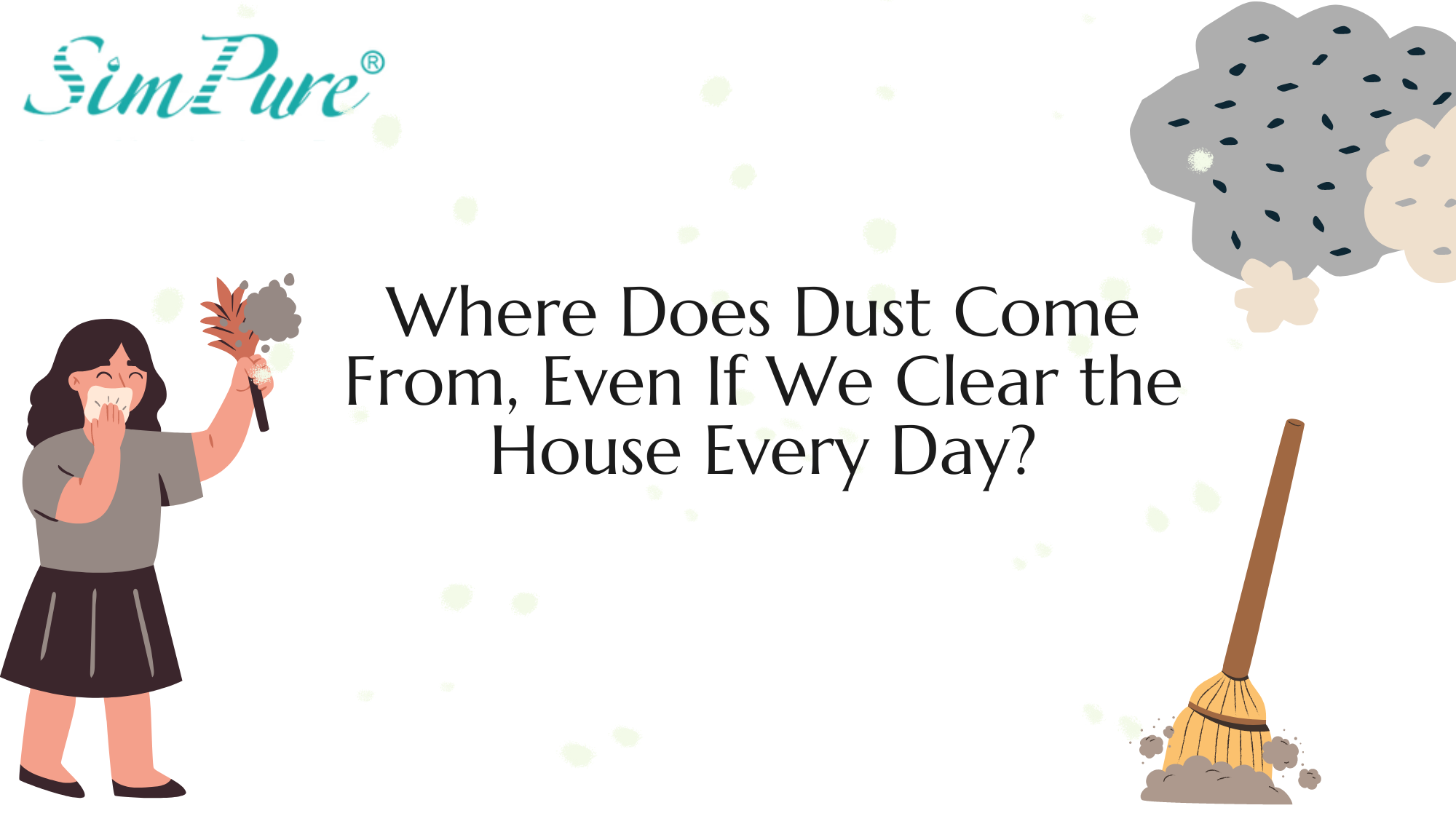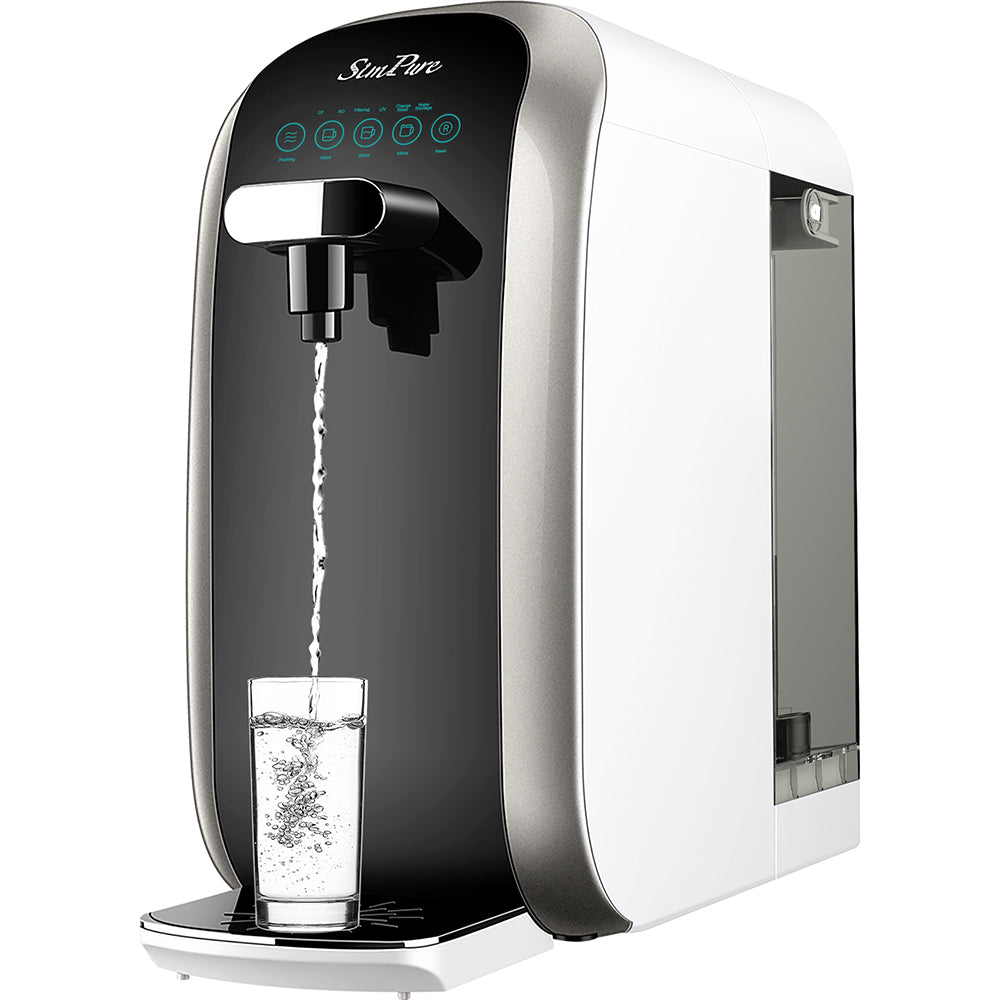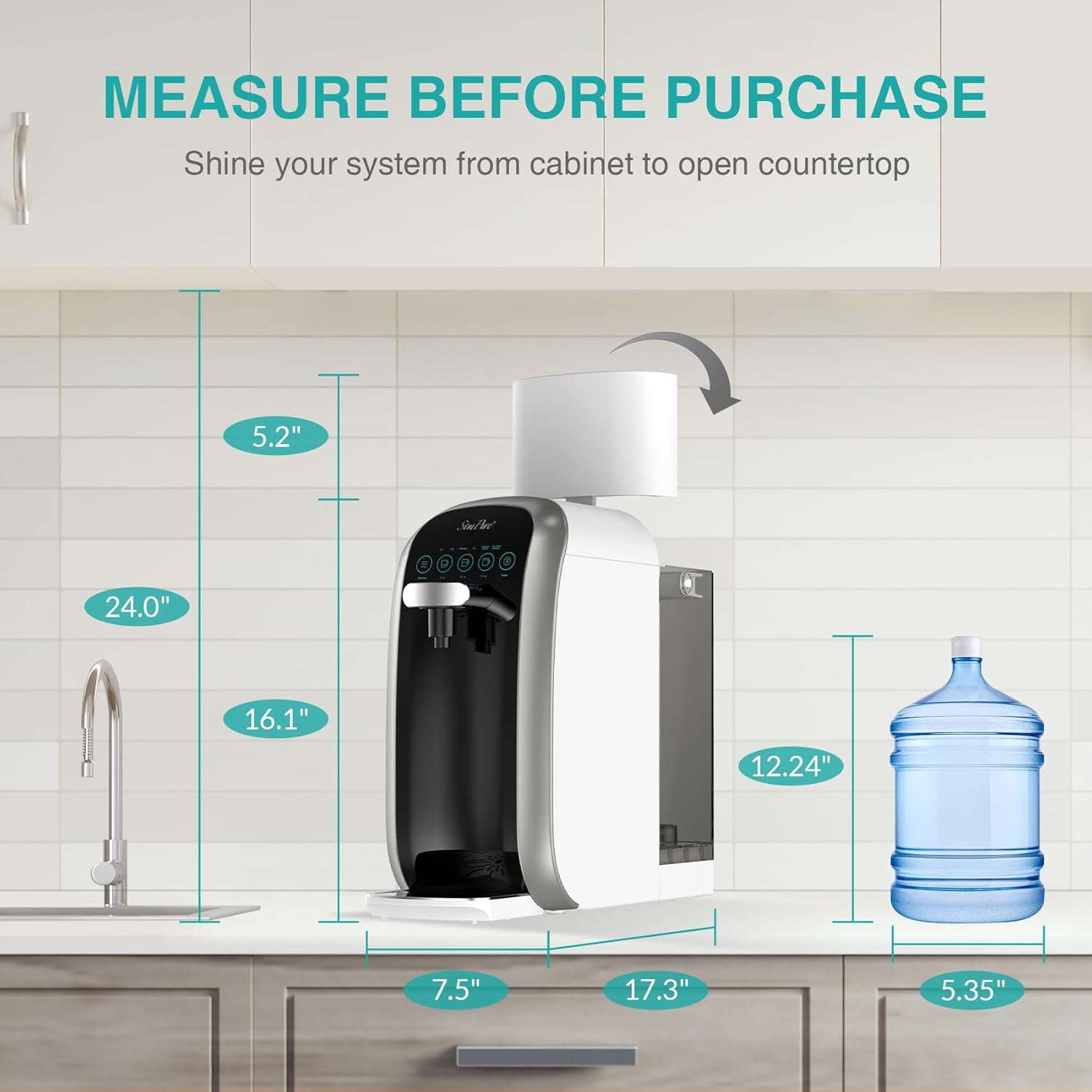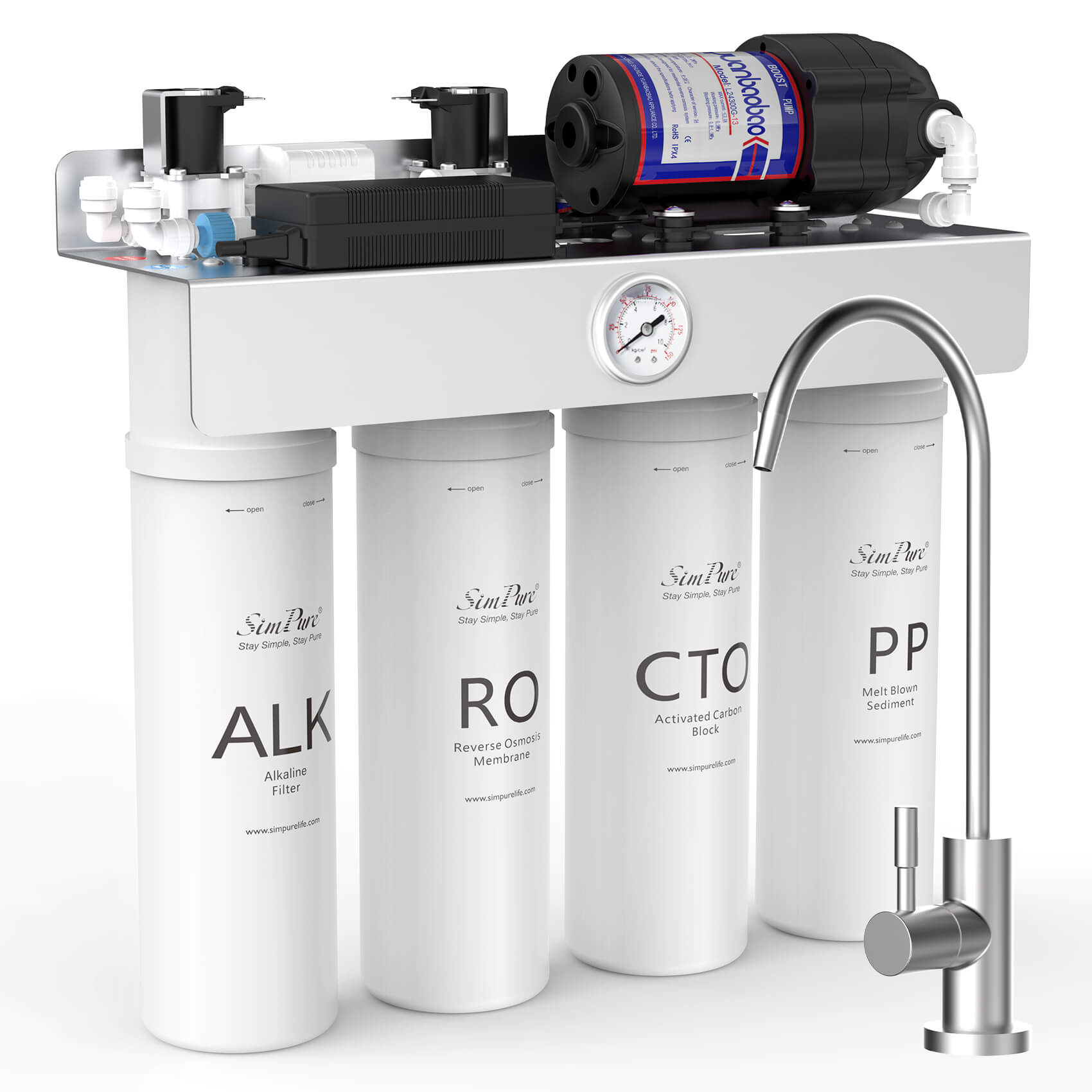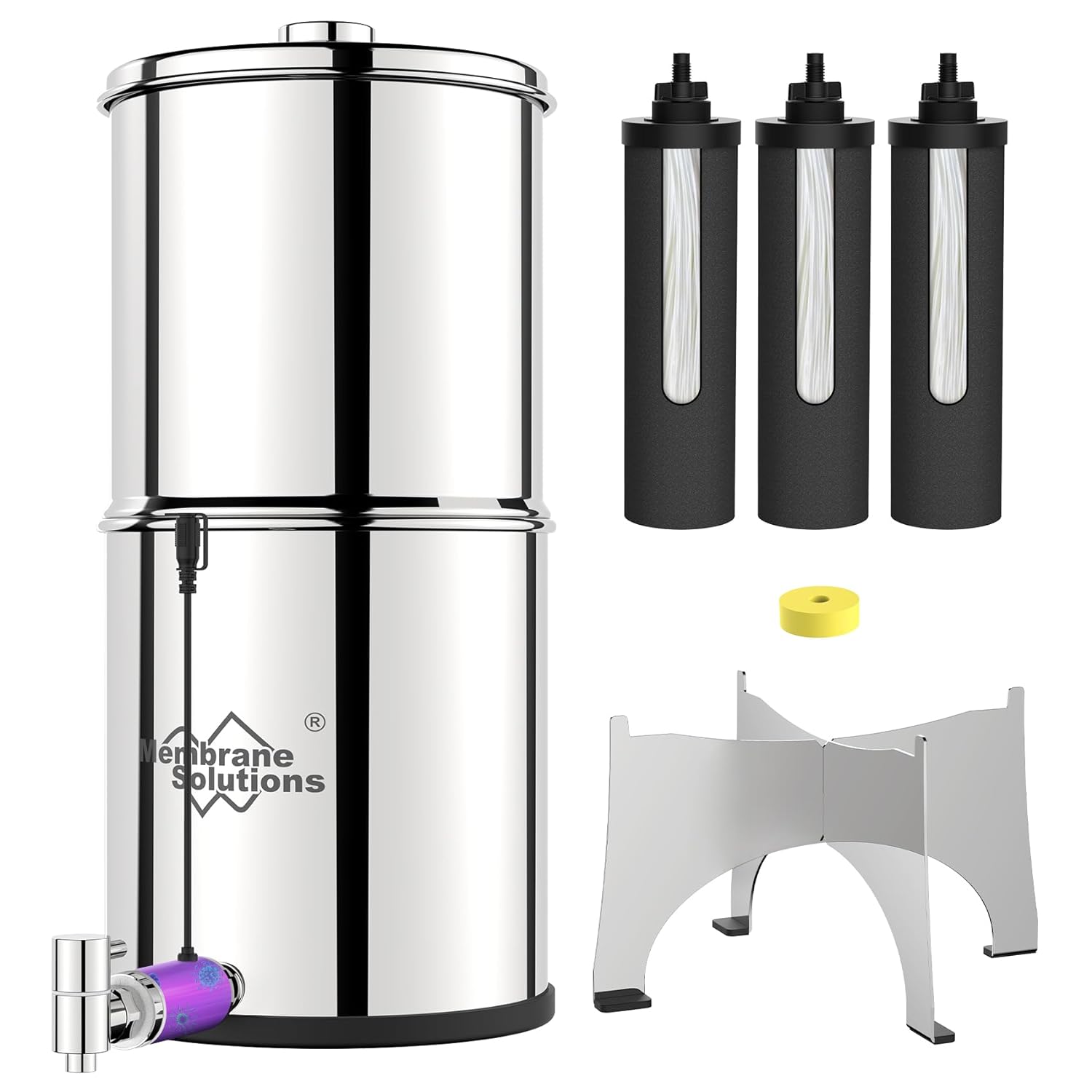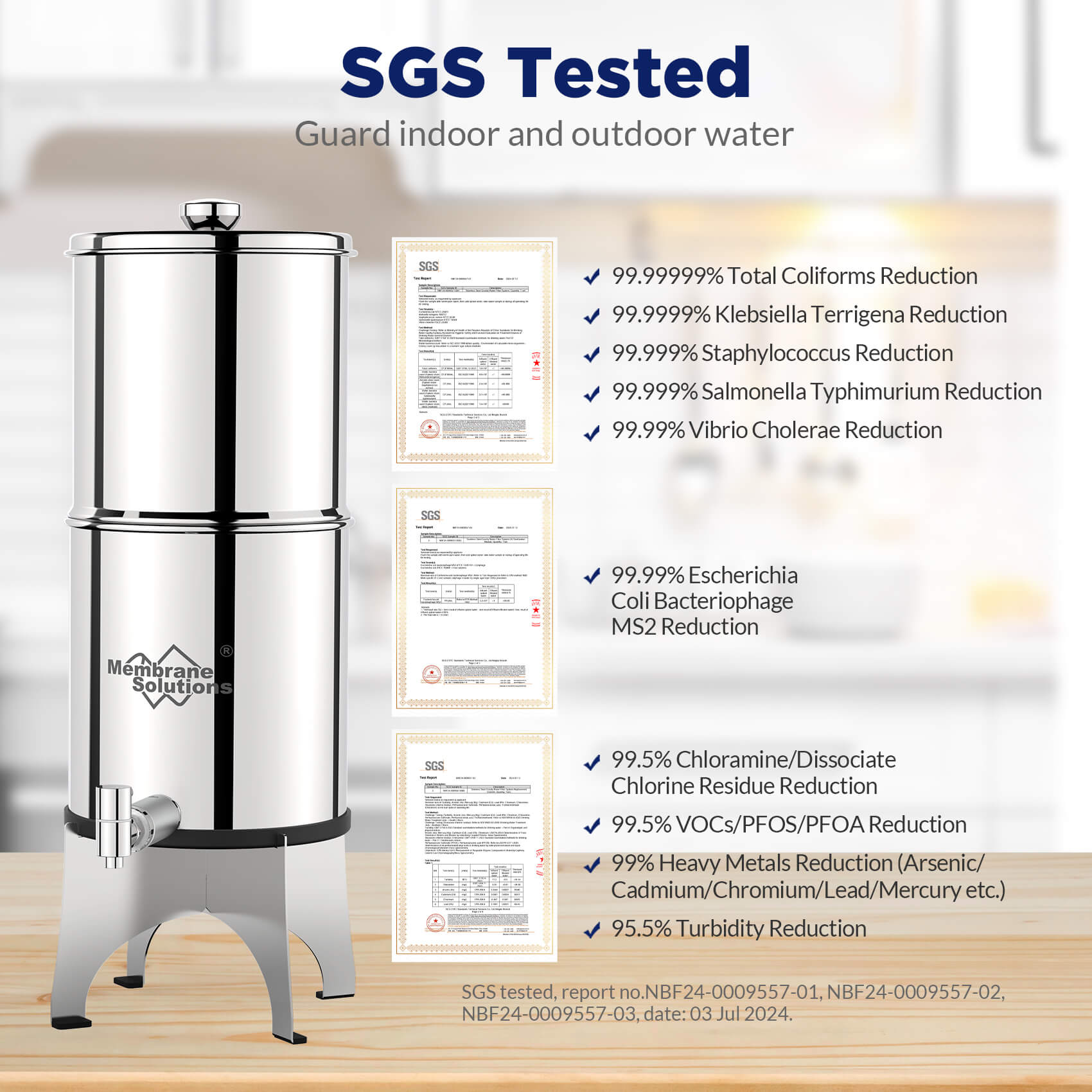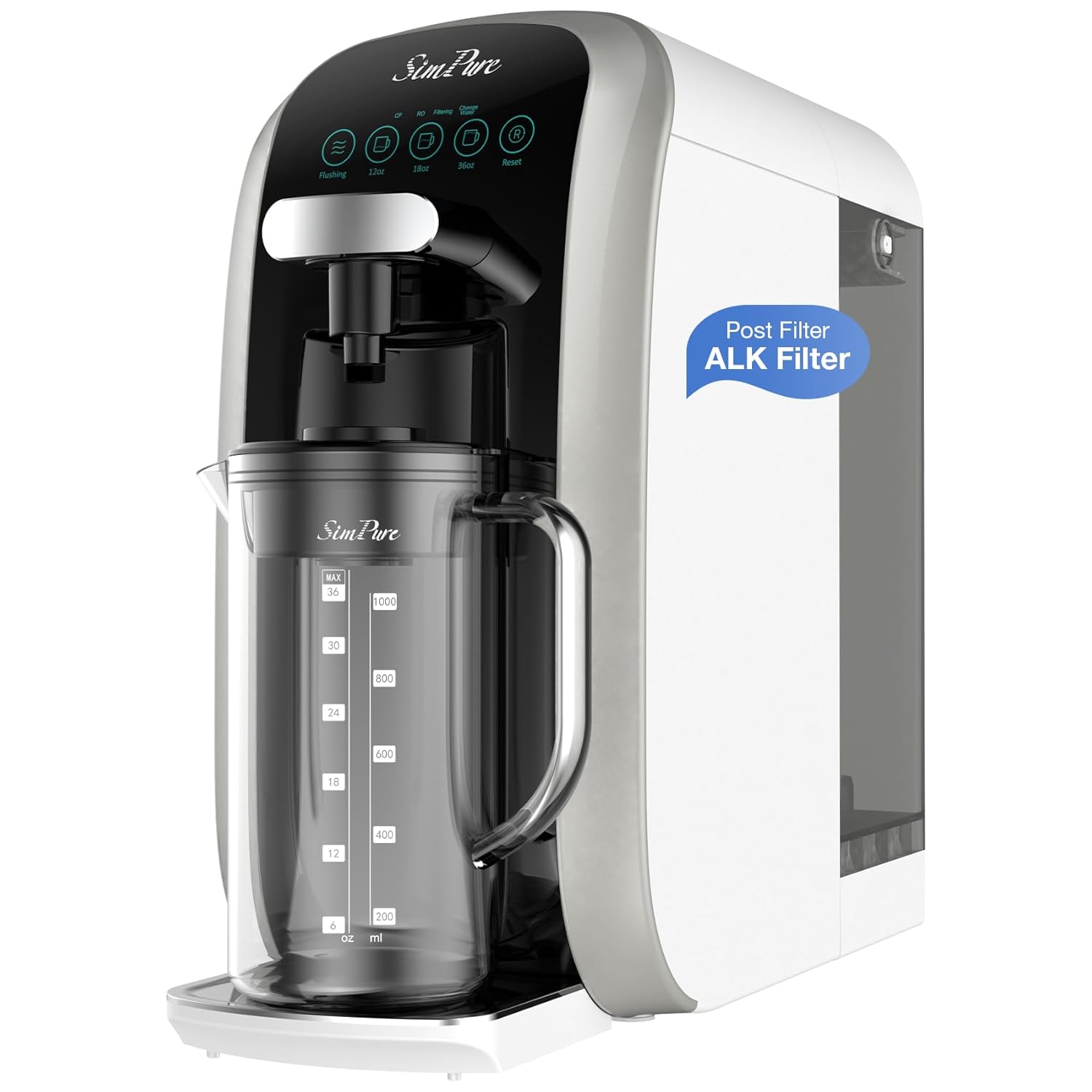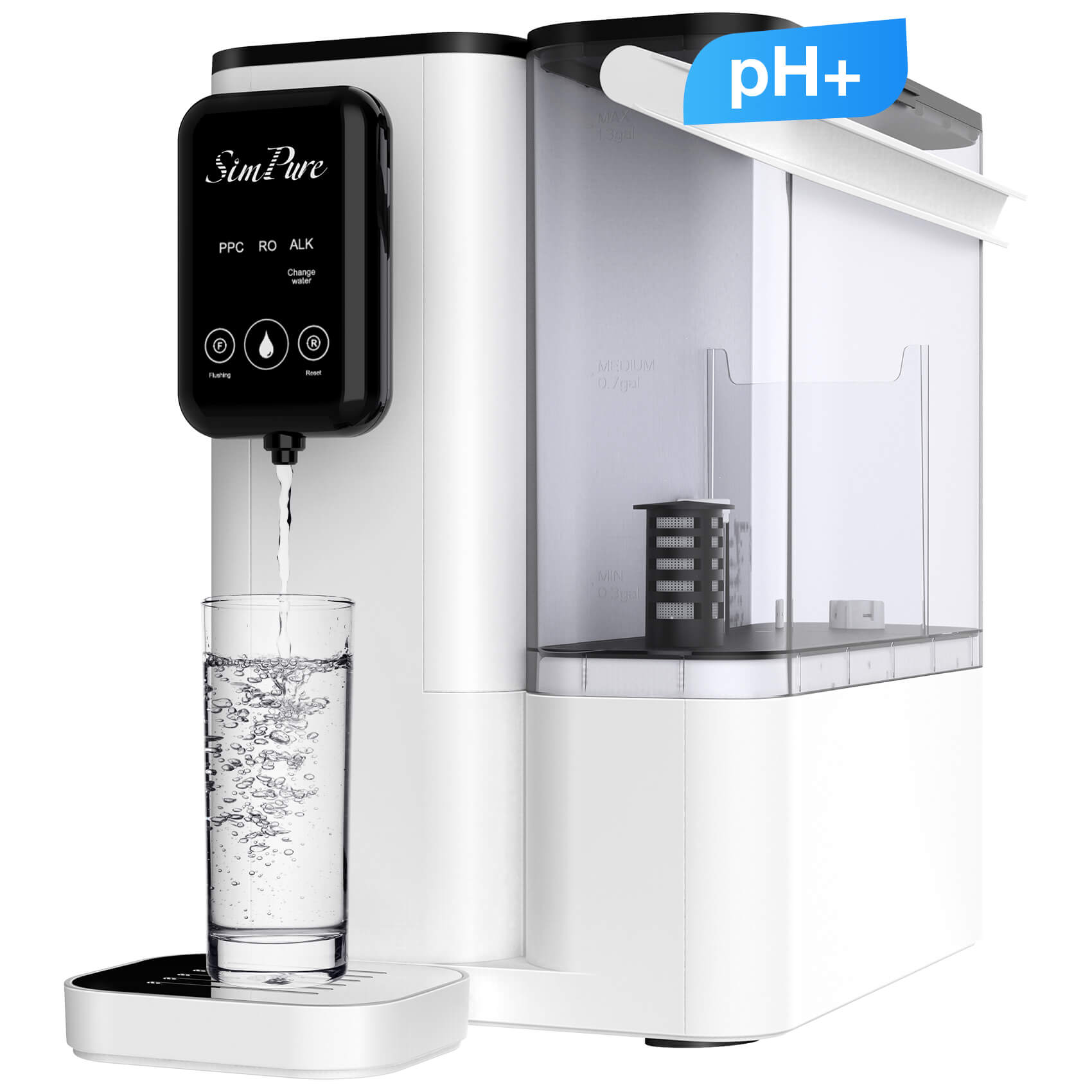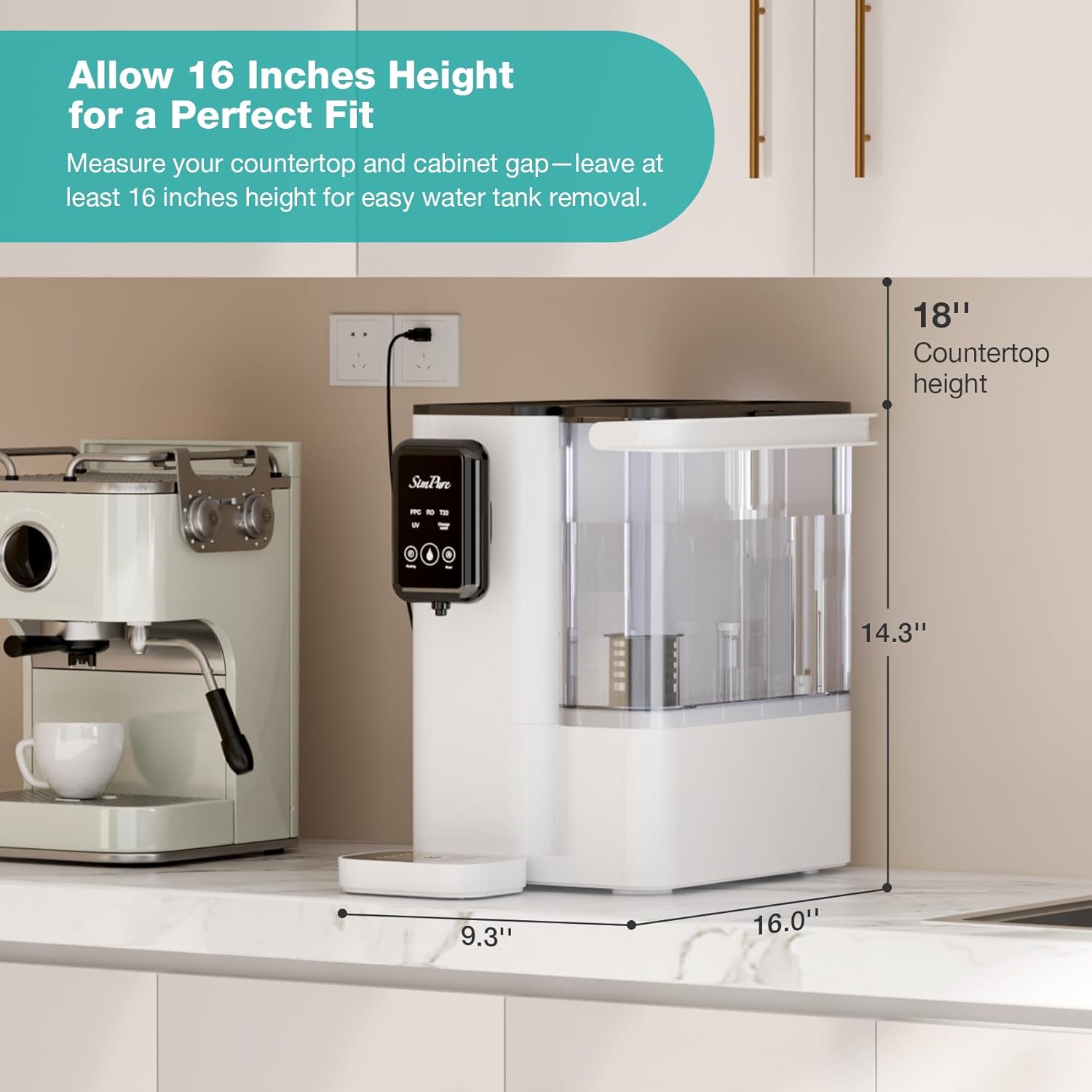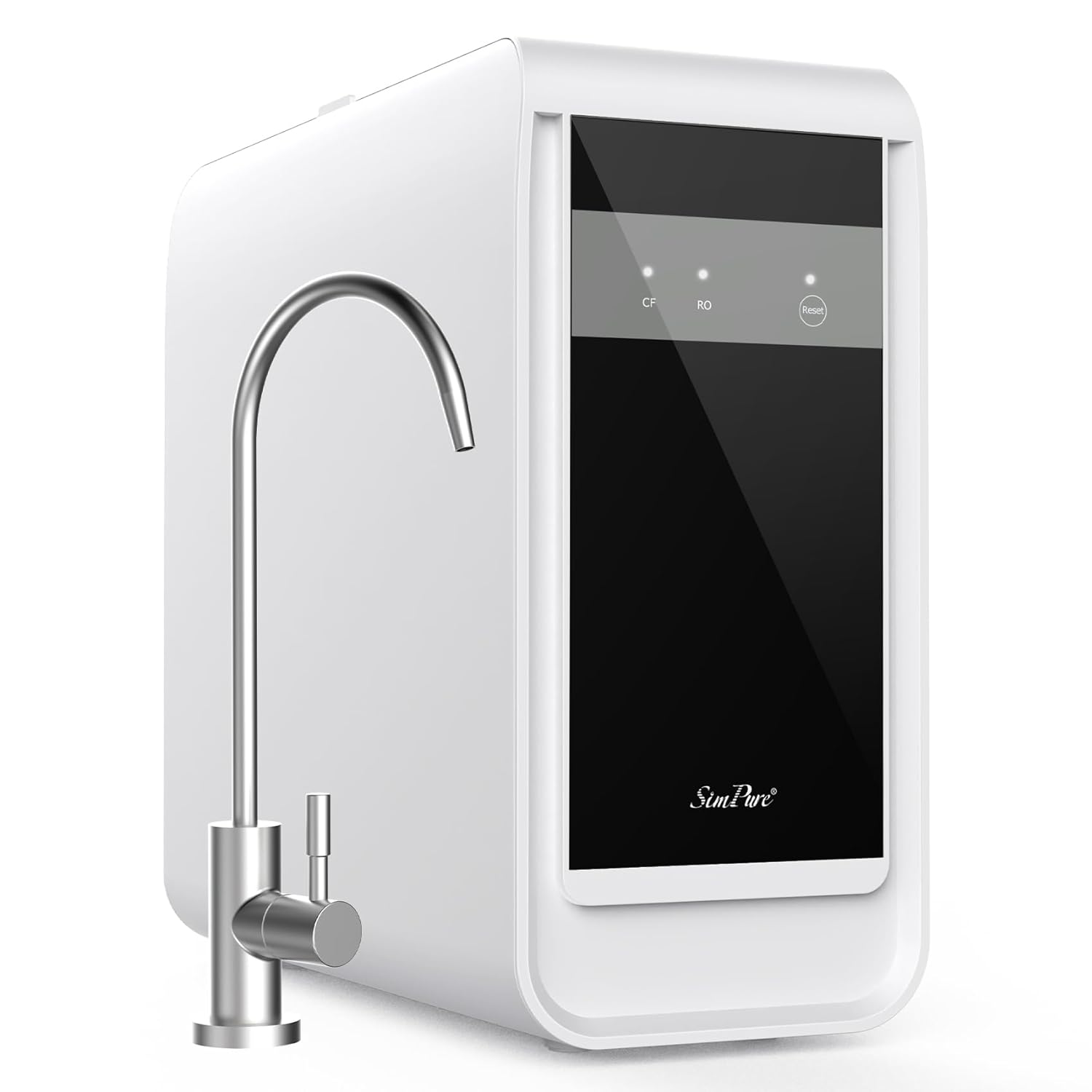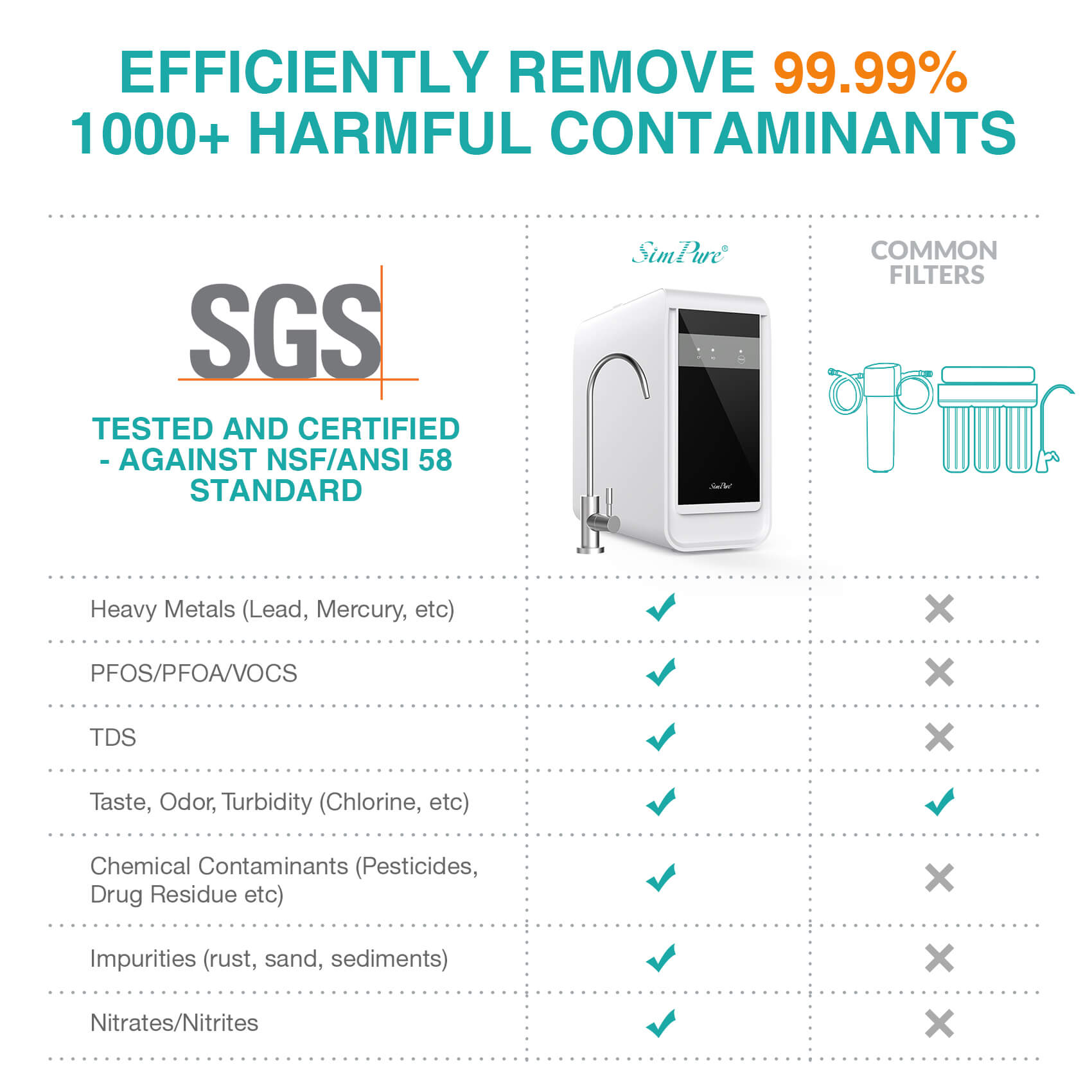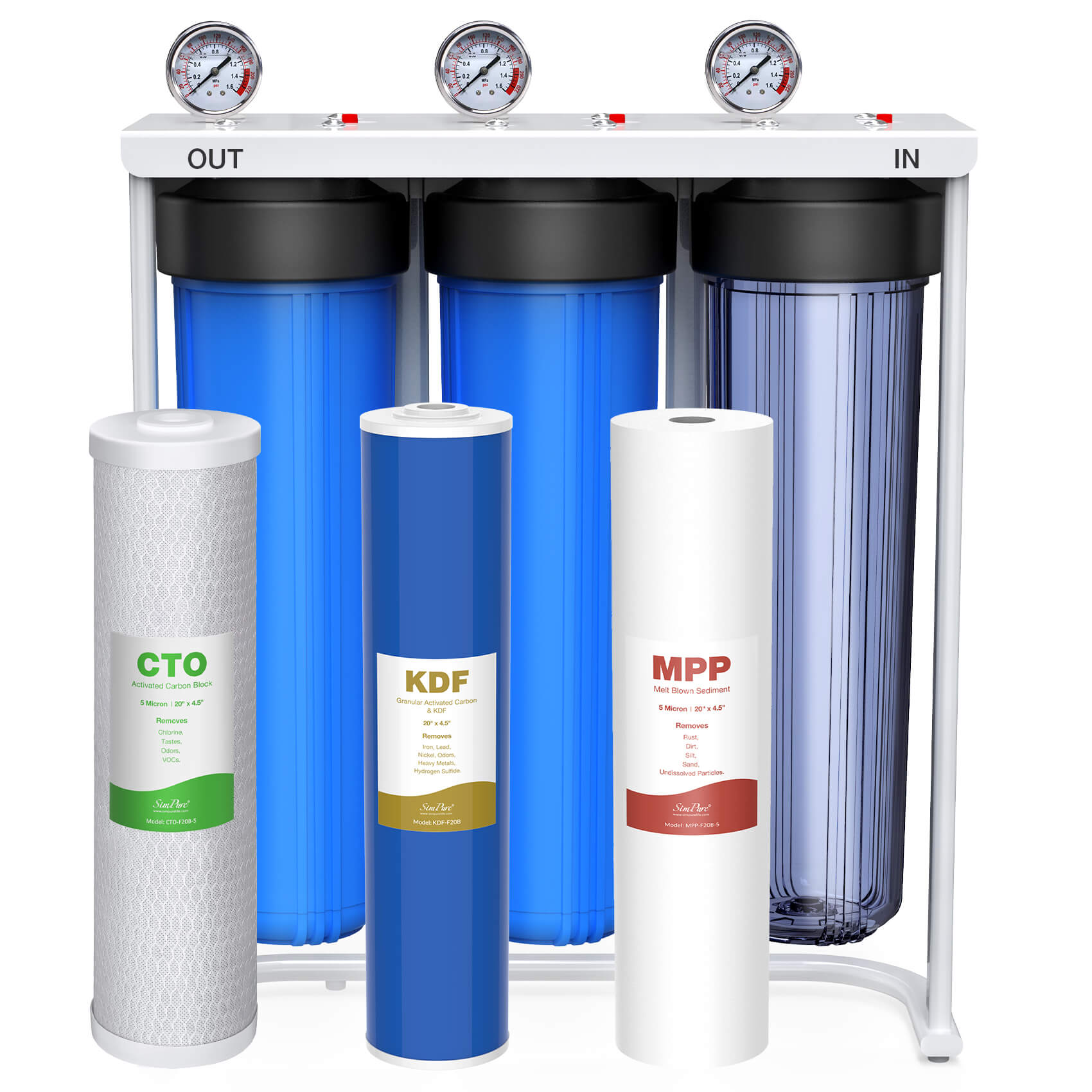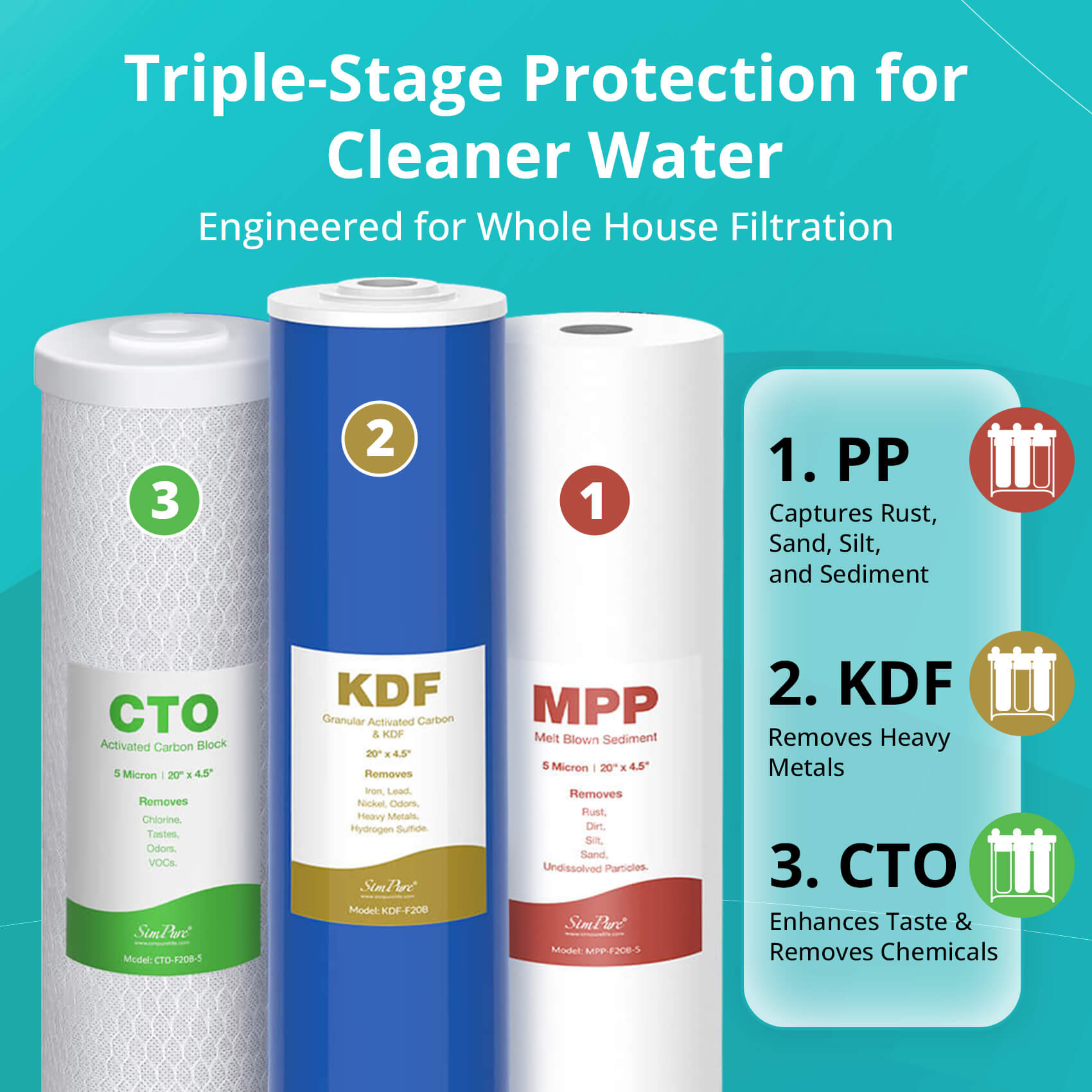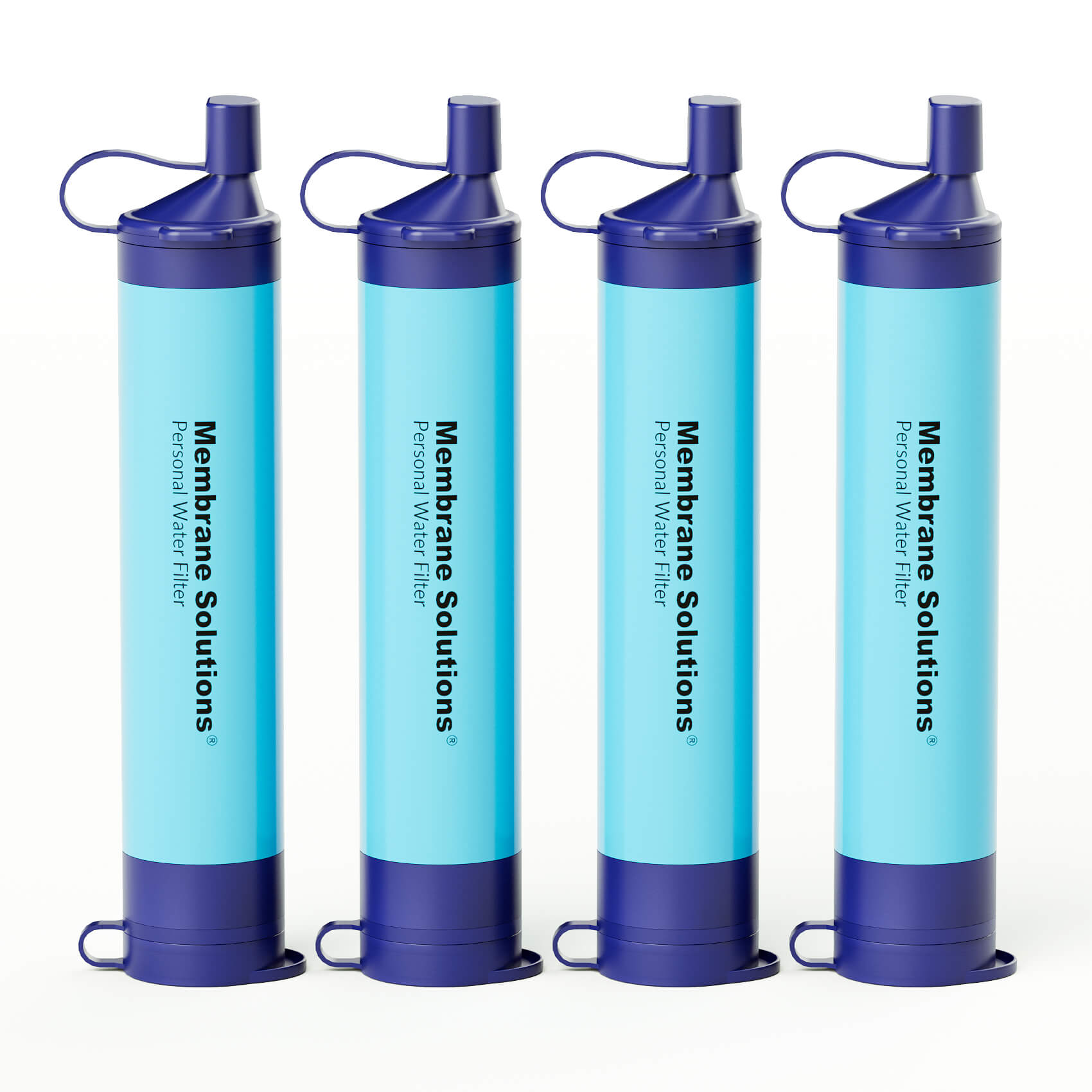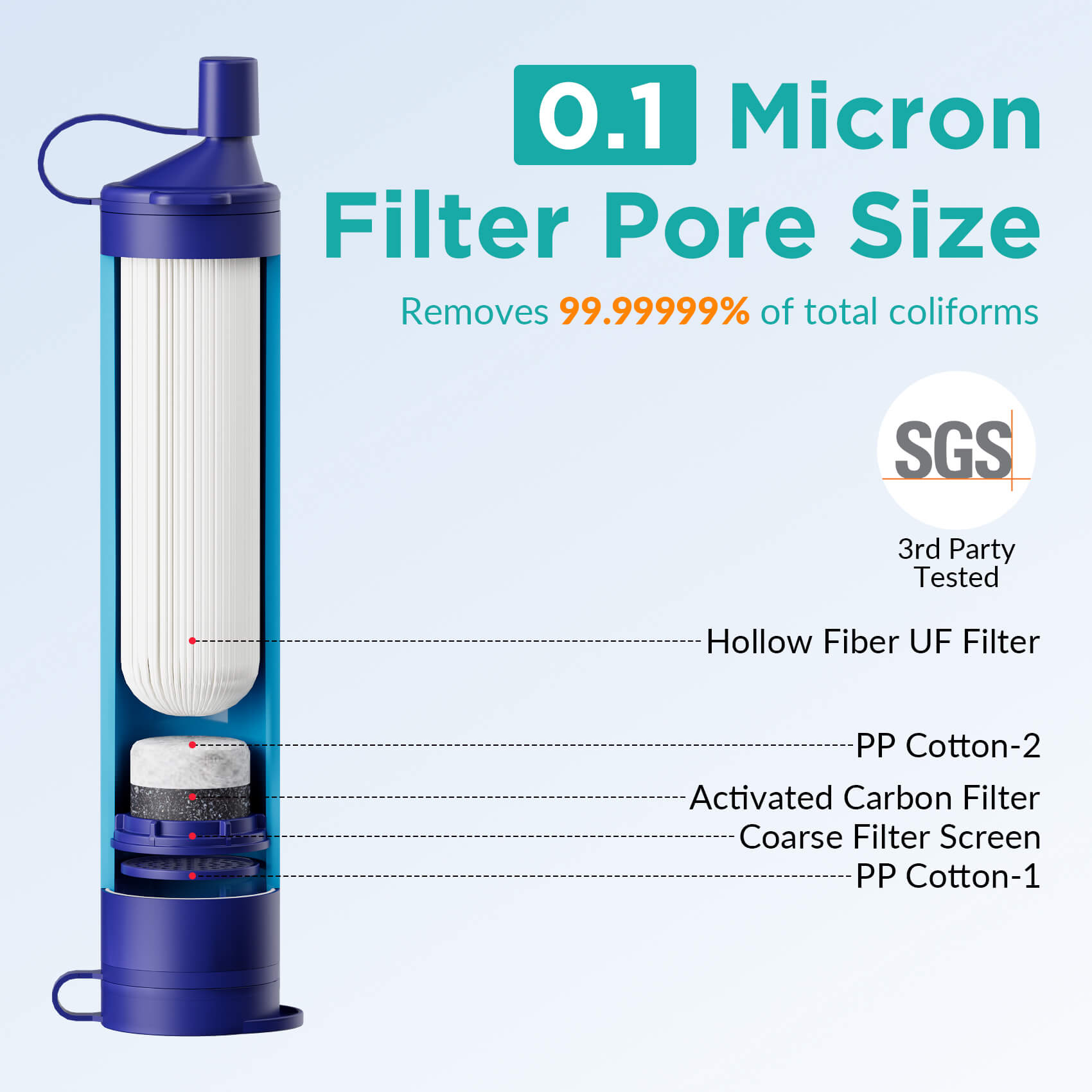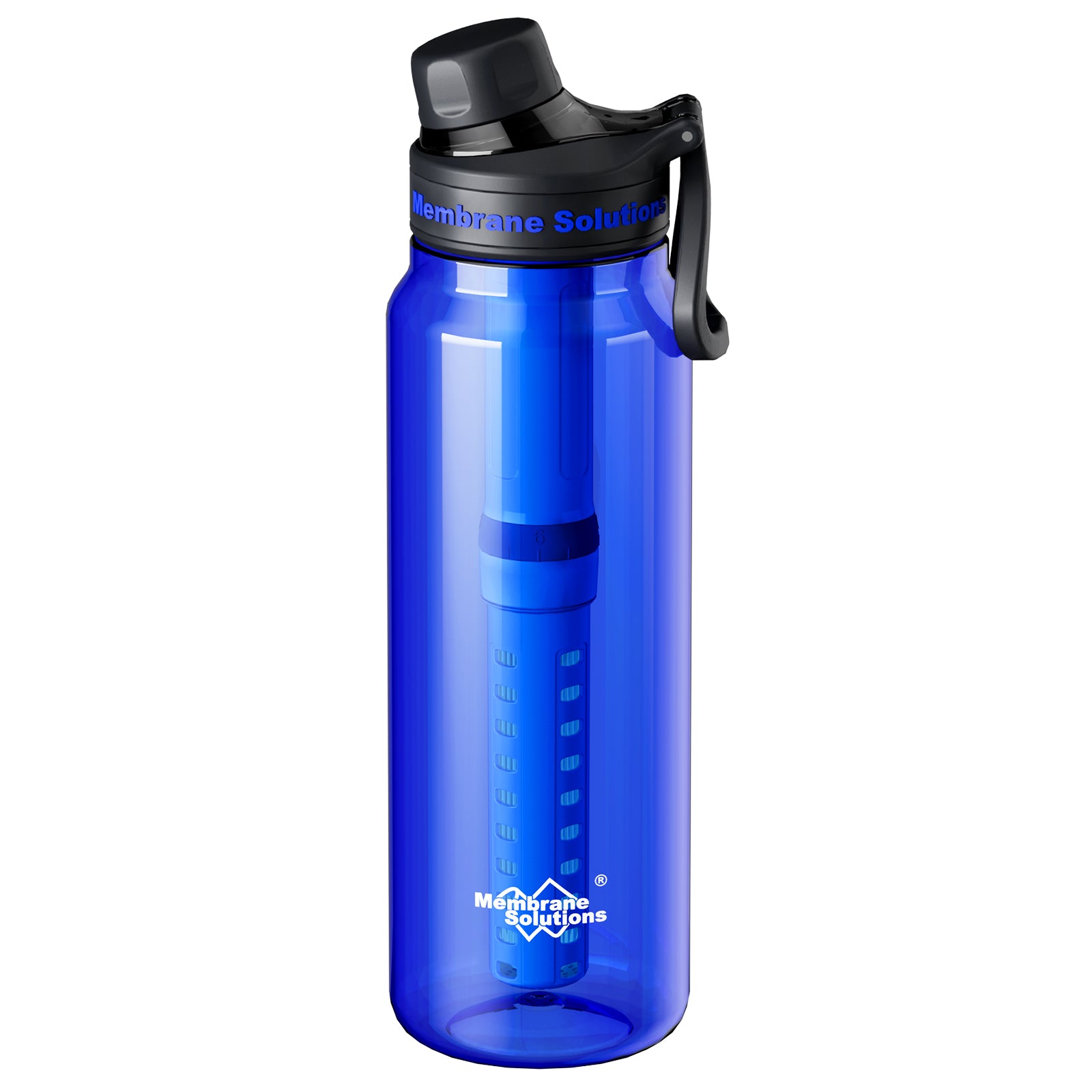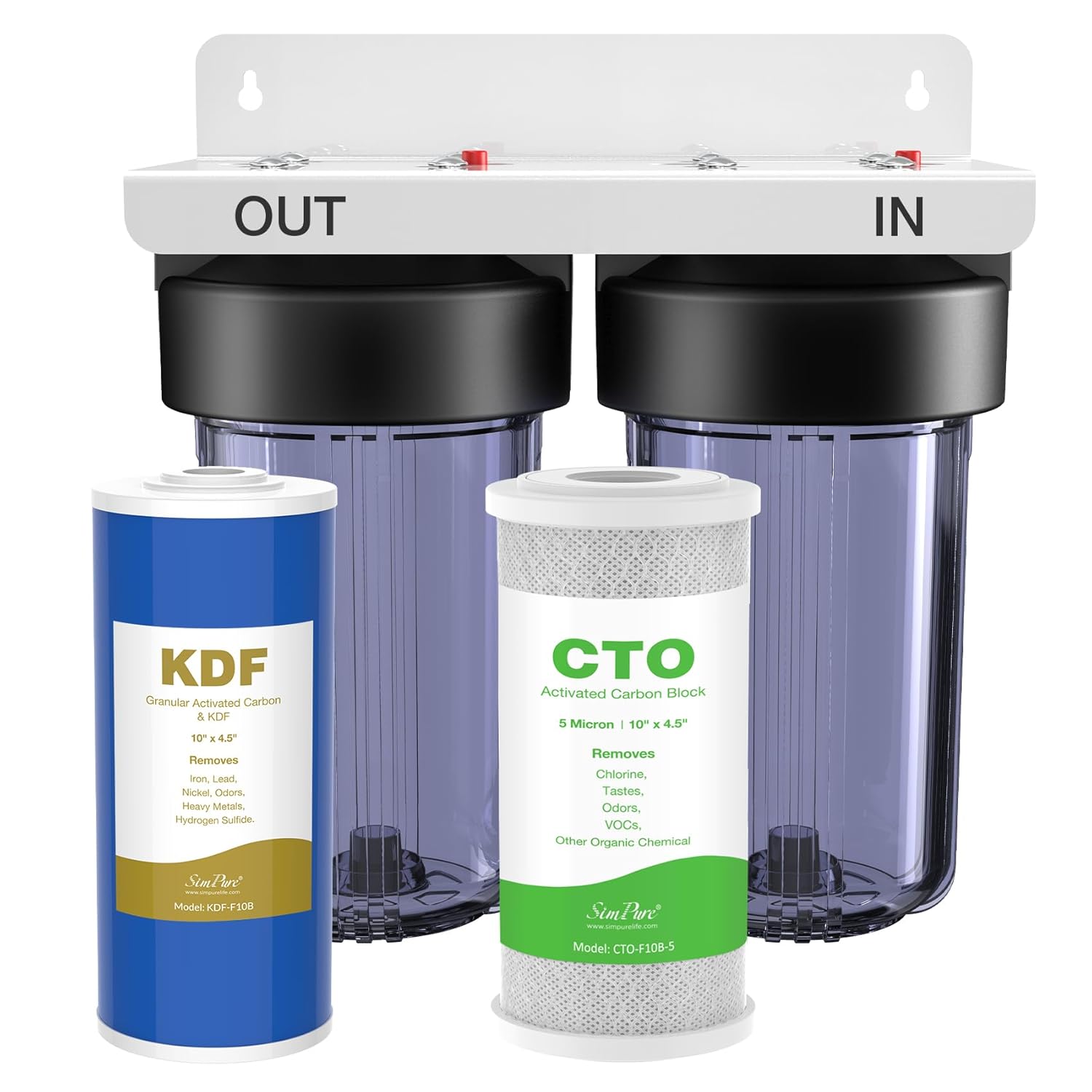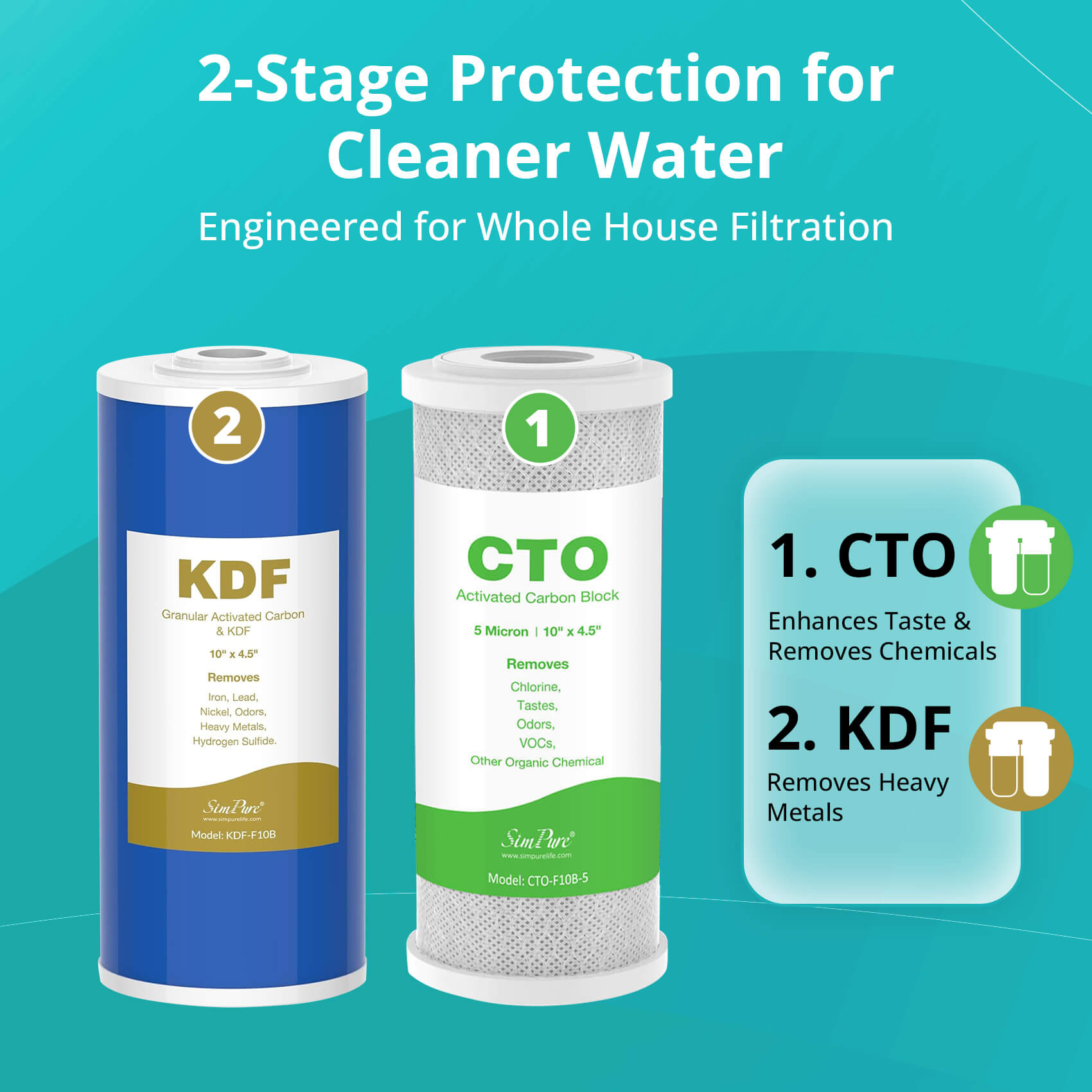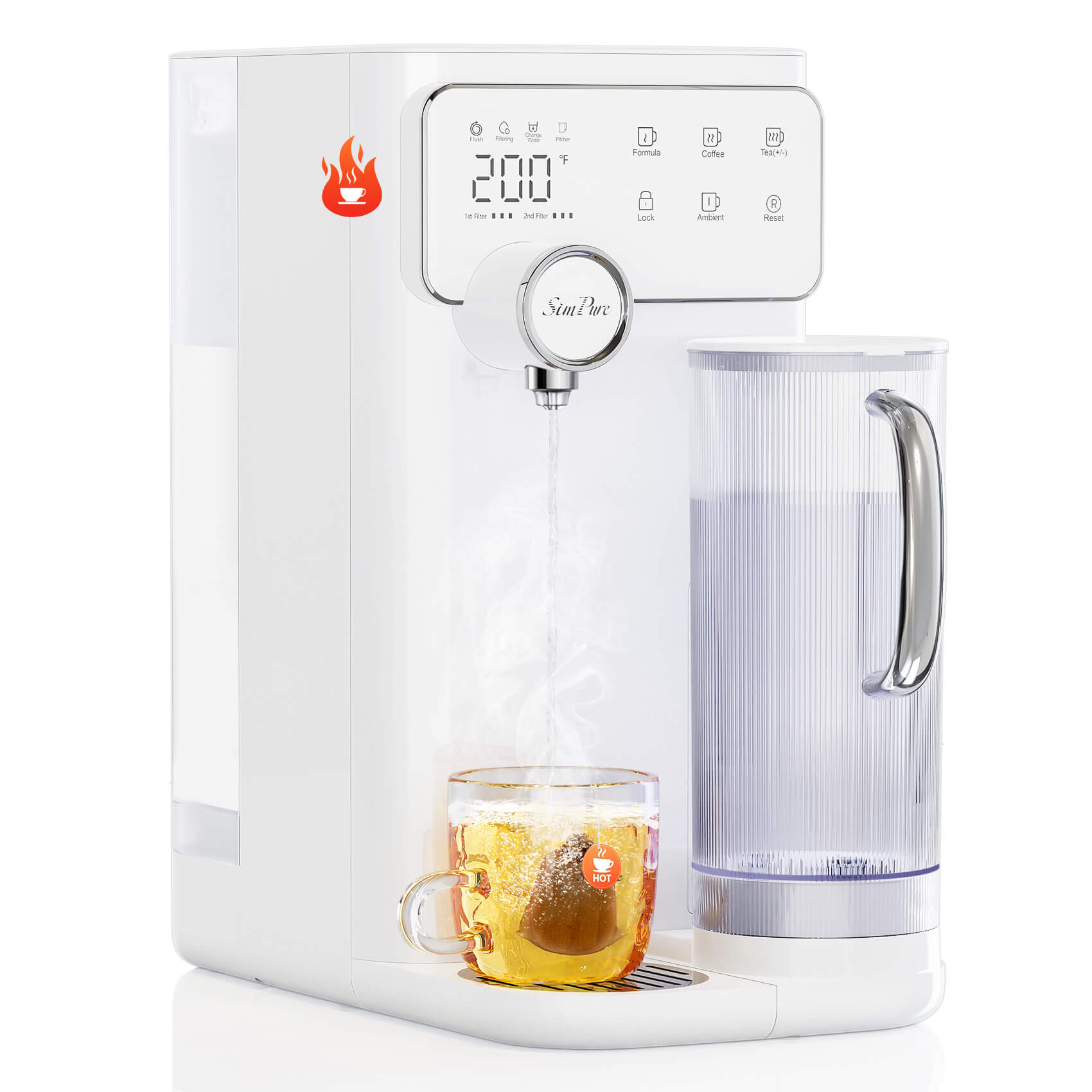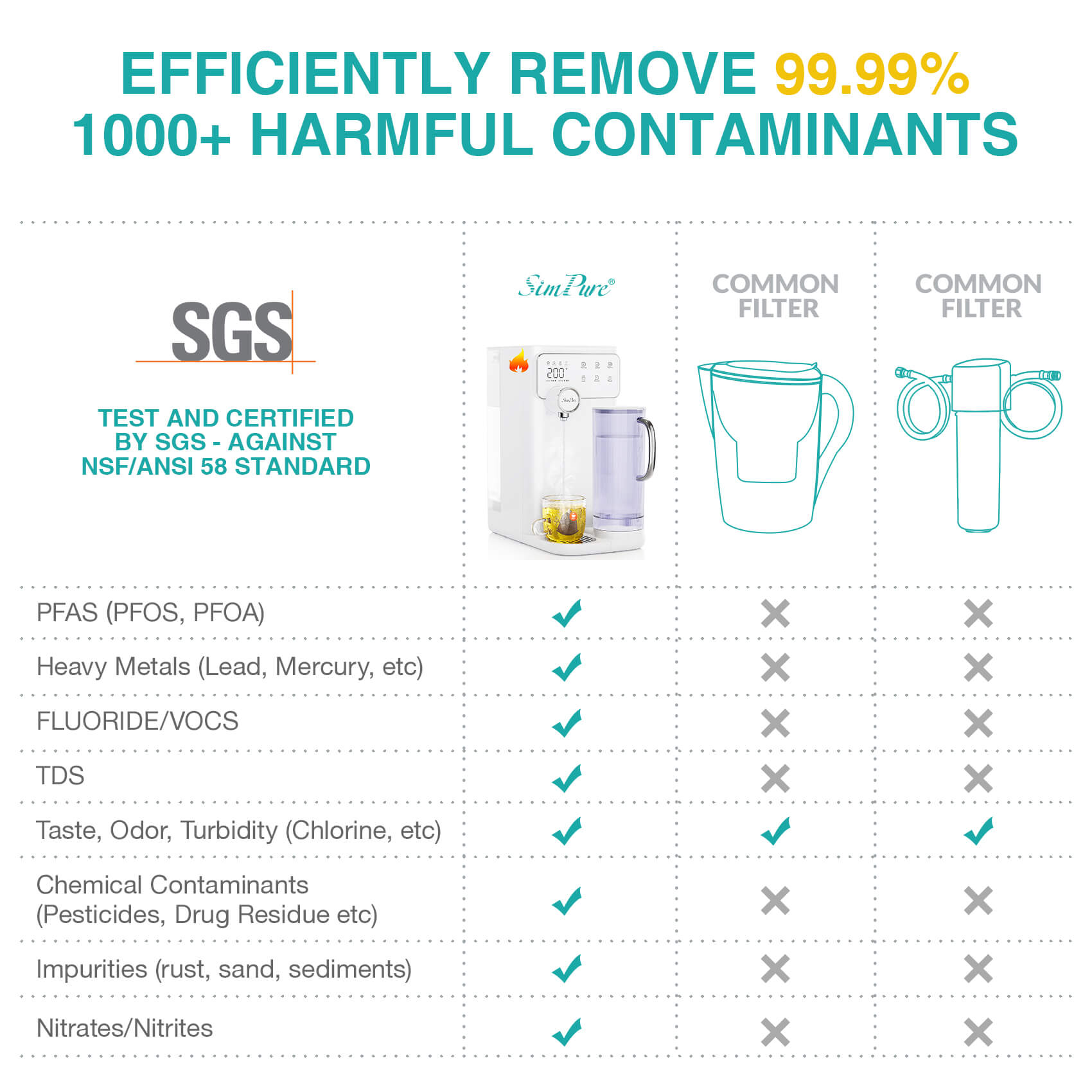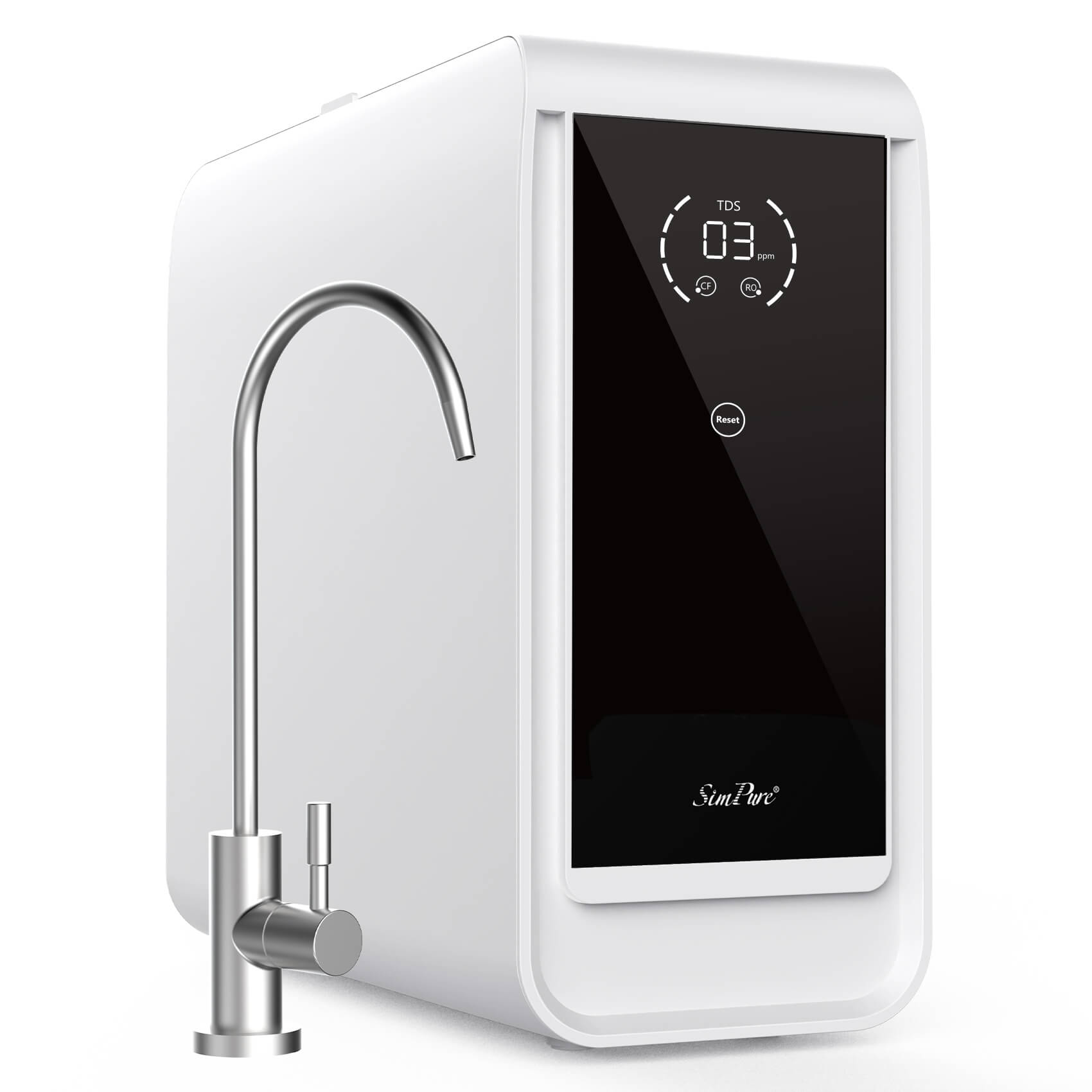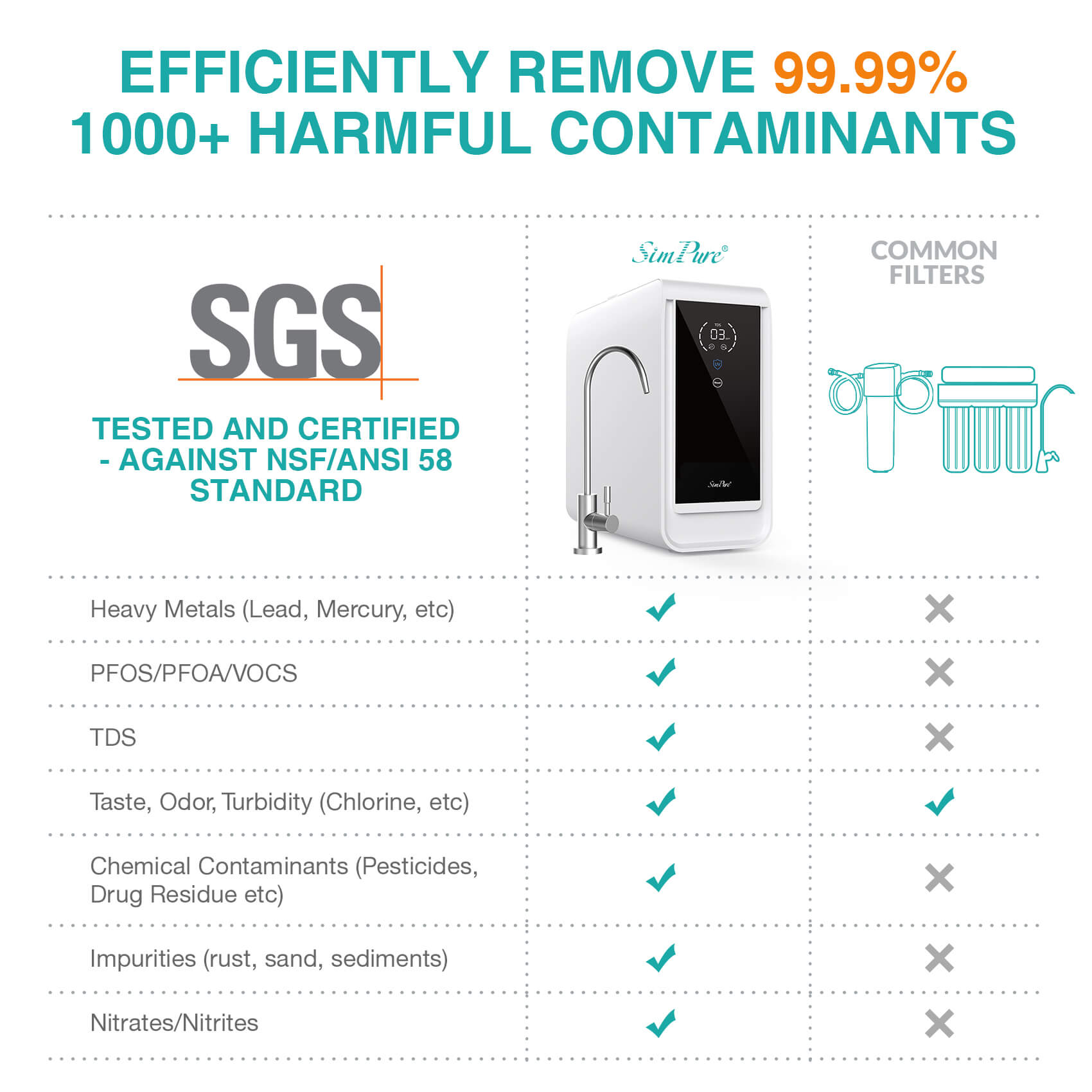In daily life, have you ever found that even if we clean the house every day, we still find dust on the floor or surface of the furniture, where does dust come from? Is dust harmful to your health? How to get rid of dust? Let's figure out all these in the following content.
Where Does Dust Come From?

The dust has many sources, it mainly comes from both indoor and outdoor particles.So where does dust come from in your house?
1. Dust comes from outdoor particles.
Pollen from roadside plants, dust flowed by wind, vehicle exhaust emissions, and industrial pollution emissions, are carried into the room through doors, windows, or people's clothing so that they cause room dust.
2. Dust comes from indoor activities.
Human skin debris, animal fur debris, insect carcasses, food debris, kitchen fumes, and textile threads can all cause dust. According to statistics, a person will drop nearly 1 kilogram of skin debris every year, and most of this skin debris will become dust.
3. Where does household dust come from? A large part of dust is the humans and animals dander.
As long as they are alive and have a metabolism, new skin will continue to grow, and the old skin will fall off. It’s just that they are too small to see them, like dandruff. Sometimes it gets stuck in the hair and you can see it. The dead bodies and excrement of mites are everywhere, each one is tiny, but when piled up, it looks like a pile of dust. They will eat all organic matter, and those large pieces of debris are turned into small dust under their efforts.
4. Where does dust mites come from? Dust mites come from almost everywhere.
They are naturally-occurring creatures, and their microscopic size makes it easy for them to get into homes and other indoor areas.If there are too many mites, they can make people itchy or pimple-prone, UV light can be used to kill them. But don't kill too often, because a lot of crumbs and dust in your home are decomposed by them, and without them, there may be more dust. Next, the fibers of textiles are also broken down into small pieces of debris by clothes moths, and mites, which look like dust.
5. Where does fine dust come from?
There is also a kind of "dust" that cannot be seen by the eyes---fine dust, PM2.5, which is a kind of tiny particle that exists in the air. Its diameter is less than 2.5 microns, which can only be detected with an electron microscope. The outdoor air pollutant PM2.5 is mainly produced by exhaust emissions from cars, trucks, power plants, and other activities such as burning wood and coal fuels. A common misconception is that fine dust only affects outdoor air quality, but the truth is, PM2.5 is also common in the home. Our daily indoor activities such as cooking (especially frying and grilling), burning candles, and smoking, will increase PM2.5 in the air in your home.
Even Windows and Doors Are Closed, Where Does House Dust Come From?

We are often confused that even the doors and windows are closed, where does dust come from in a closed room? Every house will have air vents, and there are gaps in the closed doors and windows. Dust is so small that it can enter through the gaps. Because there is no human activity, the indoor and outdoor air is relatively stagnant, and the dust from the outside falls on the furniture and the floor. It is difficult to blow away. Even if there are no human activities in a place with closed doors and windows, there will inevitably be insect bodies, animal fur debris, etc. Therefore, if the room is closed for a long time without people living in it, please clean the dust before moving in.
All the Dust Are Harmful to Our Health?

Research shows that there are an average of more than 9,000 different microorganisms in the dust of ordinary households, of which 22% are fungi and 77% are bacteria.
While dust contains some allergens or pollutants, most dust is harmless. Some even have health benefits, as they can help keep the immune system balanced and reduce the risk of allergies. An overly clean lifestyle can make us more susceptible to allergies, asthma, and autoimmune diseases. More and more evidence shows that although the presence of various organic pollutants such as pet excrement in the home is not comfortable in the senses, exposure to pets such as dogs at a young age can reduce the chances of allergies and asthma in infants and young children.
What Kinds of Dust are Harmful to Human Health?
Invisible fine dust. Indoor cooking and smoking are associated with PM2.5. A researcher said that, unlike dust particles, indoor PM2.5 can bypass the upper respiratory tract and be absorbed by the human lungs and blood. Exposure to fine dust can cause coughing, chest tightness, and shortness of breath, can inflame the eyes, nose, and throat, and induce asthma, bronchitis, and other respiratory diseases. Other related studies have found that long-term inhalation of fine dust may even increase the risk of heart disease, certain cancers, stroke, and birth defects.
Dust contains various chemical compounds. The scientist said that the most common is the dust produced by house decoration, which is accompanied by pollutants such as metal ions, benzene, and formaldehyde. It can be inhaled through the nasal cavity and upper respiratory tract, destroying the mucous membrane tissue of the human body, and causing headaches, dizziness, vision loss, and breathing difficulties. and other related diseases.
Indoor air needs to be circulated and kept dry. Humidity and closed spaces are harmful to our body's health. It has been reported that the sputum of tuberculosis patients turns into droplets with tuberculosis bacteria after drying, which can lead to the spread of tuberculosis. If they stay in confined spaces such as bars for a long time, they are prone to tuberculosis.
Get Rid of Dust with 5 Best Ways
Now you know where does the dust come from, here are 5 best ways to remove indoor dust. It is not necessary to keep a spotless home environment.
1. By turning off household appliances
Electrical appliances will generate static electricity during their work, and the static electricity will adsorp the dust in the surrounding environment. If we don't watch TV or use other electrical appliances,but still keep them in standby mode, it will make Dust enters the machine and affects its use.
Therefore, if our electrical appliances are not going to be used, DO NOT let them be in a standby state, which will not only increase the dust in the room, but also waste electricity resource.
The more dust absorbed, the electrical appliances will also have more radiation. If there is too much dust in the room, it will cause more radiation, and it is difficult to remove the radiation. Living in this state for a long time will make our body absorb electrical radiation and cause health problems. , After using the electrical appliance, we'd better cut off its power supply, and don't let it be in standby state.
2. By doing house cleaning properly
Clean up before entering. Floor mats are best placed outdoors. Before people enter the door, knock off the soil on the soles of their shoes, and put on slippers when they enter the house. Wipe the dust accumulated at the door with a damp cloth every week. If there are children or pets at home, you can always keep towels at the door, and wipe off the dirt on your body before entering the door. After entering the door, take off the dusty coat and put it neatly.
Indoor room cleaning. Generally, cloth products such as bed sheets and quilt covers are relatively prone to flying flakes and accumulating dust. They should be washed at least once every two weeks and exposed to the sun. Clean the floor of your home once a week, and wipe floors, furniture, etc. with a damp cloth. Clean the corners and crevices under the bed, under the table, and on cabinets at least once a month. Household appliances such as air conditioners and TVs can be cleaned once a month with a damp cloth.
Tips: Using Laundry fabric Softener Liquid with water to clean the surface of furniture. Most of the dust is attached to dark or static places. The softener liquid can remove static electricity. .
3. By purifying the house dust
Ventilation: When the outdoor pollution level is safe, windows can be opened for 15 to 20 minutes to allow fresh air to come in. Cooking is a common cause of fine dust indoors, so be sure to turn on the range hood when cooking, especially when frying, frying, frying, and grilling, and ventilate for 15 minutes after cooking. Reduce the use of candles, which release fine particles into the air when burned.
Vacuum regularly. Carpets, mattresses are dusty items that people tend to ignore. It is recommended to use a vacuum cleaner every season or about half a year. In general, a vacuum cleaner equipped with a fine particle filter can remove dust more effectively. (It can only clean up the dust on the floor)
Using dust air purifier: It can remove a lot of dust in the air, such as PM2.5, chemical indoor pollution, formaldehyde, pet hair, etc, but it cannot remove the dust that has sunk to the ground or on the table.

Air purifier uses a fan to suck indoor air into the air purifier, filter and absorb pollutants in the air through a multi-layer filter, and then discharge the filtered air into the air. The dust layer on the table, if you don't wipe it, just use the air purifier, the table will not become clean. Although it cannot purify all the dust, it can reduce a lot of dust.
4. Get rid of dust with plants
Some plants also have the function of dust-proof and dust-absorbing. They can also effectively freshen the indoor air, absorb toxic substances such as formaldehyde, and increase the vitality of the room.
Chlorophytum: It can absorb harmful gases in the air. Rubber tree: All-rounder for eliminating harmful substances. Cacti: The best plants to reduce electromagnetic radiation. Clivia: A freshener that releases oxygen and absorbs smoke. Asparagus: a protective umbrella to eliminate bacteria and viruses.
5. By using "chemicals" with caution
Reduce the use of plastics, pesticides, etc, and be cautious about over-sterilizing your home with chemical cleaners.
There is no magic tool to clean all the indoor dust immediately. However, understanding where does dust come from and following the 5 tips shared in this article will help you to solve the dust problem.

